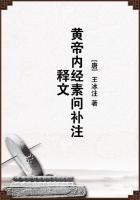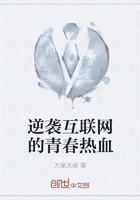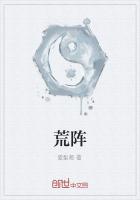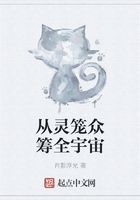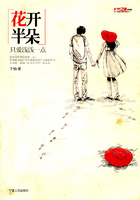Two archways open on to the little garden; two others, facing the front gateway, lead to a wooden staircase, with an iron balustrade that was once a miracle of smith's work, so whimsical are the shapes given to the metal; the worn steps creak under every tread.The entrance to each flat has an architrave dark with dirt, grease, and dust, and outer doors, covered with Utrecht velvet set with brass nails, once gilt, in a diamond pattern.These relics of splendor show that in the time of Louis XIV.the house was the residence of some councillor to the Parlement, some rich priests, or some treasurer of the ecclesiastical revenue.But these vestiges of former luxury bring a smile to the lips by the artless contrast of past and present.
M.Jean-Jules Popinot lived on the first floor of this house, where the gloom, natural to all first floors in Paris houses, was increased by the narrowness of the street.This old tenement was known to all the twelfth arrondissement, on which Providence had bestowed this lawyer, as it gives a beneficent plant to cure or alleviate every malady.Here is a sketch of a man whom the brilliant Marquise d'Espard hoped to fascinate.
M.Popinot, as is seemly for a magistrate, was always dressed in black --a style which contributed to make him ridiculous in the eyes of those who were in the habit of judging everything from a superficial examination.Men who are jealous of maintaining the dignity required by this color ought to devote themselves to constant and minute care of their person; but our dear M.Popinot was incapable of forcing himself to the puritanical cleanliness which black demands.His trousers, always threadbare, looked like camlet--the stuff of which attorneys' gowns are made; and his habitual stoop set them, in time, in such innumerable creases, that in places they were traced with lines, whitish, rusty, or shiny, betraying either sordid avarice, or the most unheeding poverty.His coarse worsted stockings were twisted anyhow in his ill-shaped shoes.His linen had the tawny tinge acquired by long sojourn in a wardrobe, showing that the late lamented Madame Popinot had had a mania for much linen; in the Flemish fashion, perhaps, she had given herself the trouble of a great wash no more than twice a year.The old man's coat and waistcoat were in harmony with his trousers, shoes, stockings, and linen.He always had the luck of his carelessness; for, the first day he put on a new coat, he unfailingly matched it with the rest of his costume by staining it with incredible promptitude.The good man waited till his housekeeper told him that his hat was too shabby before buying a new one.His necktie was always crumpled and starchless, and he never set his dog-eared shirt collar straight after his judge's bands had disordered it.
He took no care of his gray hair, and shaved but twice a week.He never wore gloves, and generally kept his hands stuffed into his empty trousers' pockets; the soiled pocket-holes, almost always torn, added a final touch to the slovenliness of his person.
Any one who knows the Palais de Justice at Paris, where every variety of black attire may be studied, can easily imagine the appearance of M.Popinot.The habit of sitting for days at a time modifies the structure of the body, just as the fatigue of hearing interminable pleadings tells on the expression of a magistrate's face.Shut up as he is in courts ridiculously small, devoid of architectural dignity, and where the air is quickly vitiated, a Paris judge inevitably acquires a countenance puckered and seamed by reflection, and depressed by weariness; his complexion turns pallid, acquiring an earthy or greenish hue according to his individual temperament.In short, within a given time the most blooming young man is turned into an "inasmuch" machine--an instrument which applies the Code to individual cases with the indifference of clockwork.
Hence, nature, having bestowed on M.Popinot a not too pleasing exterior, his life as a lawyer had not improved it.His frame was graceless and angular.His thick knees, huge feet, and broad hands formed a contrast with a priest-like face having a vague resemblance to a calf's head, meek to unmeaningness, and but little brightened by divergent bloodless eyes, divided by a straight flat nose, surmounted by a flat forehead, flanked by enormous ears, flabby and graceless.
His thin, weak hair showed the baldness through various irregular partings.




